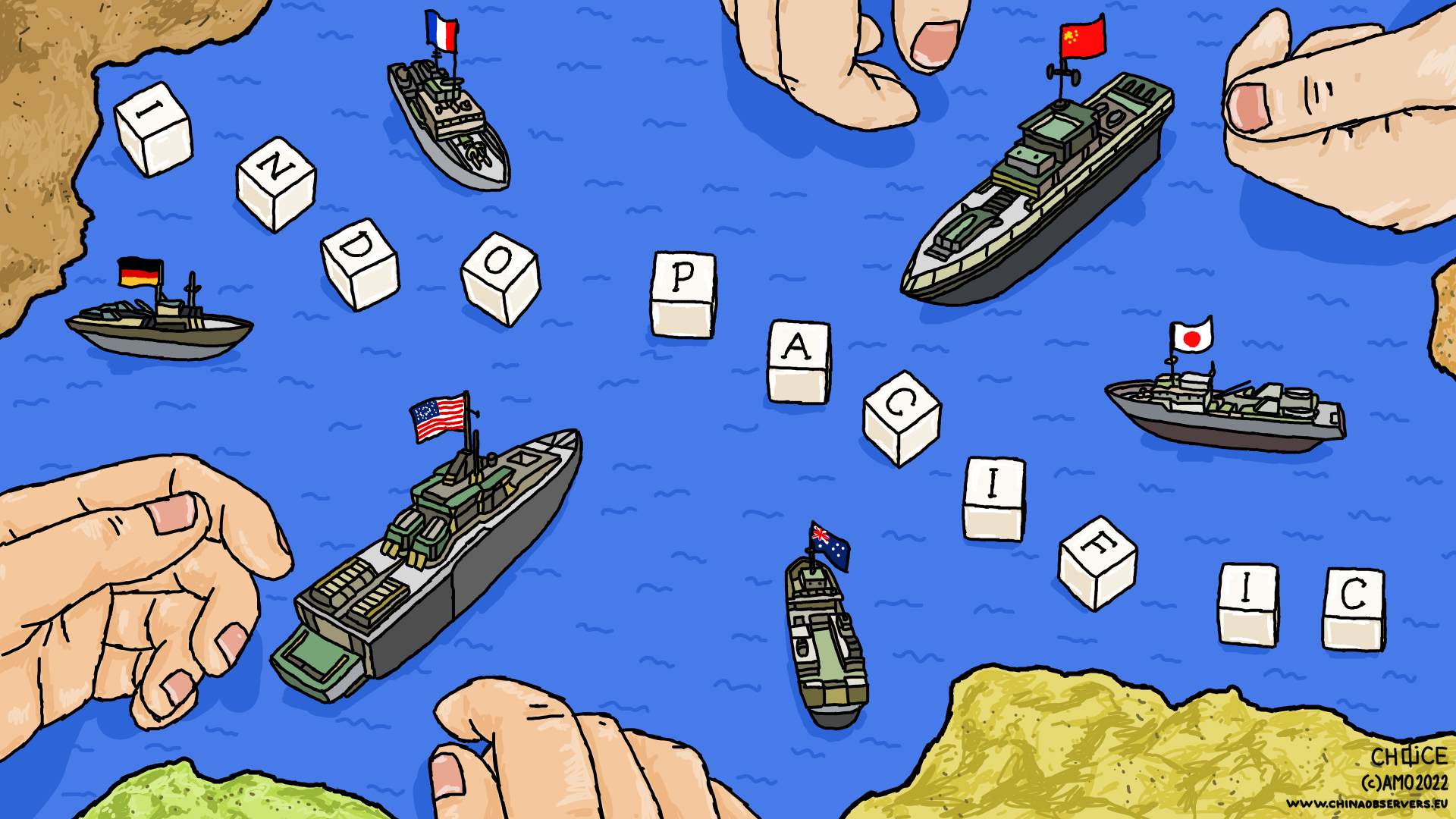Interlinked Instability: Central and Eastern Europe and the Indo-Pacific in a Changing Geopolitical Landscape

The world in 2025 has entered an era of escalating global instability and multilateral crises, characterised by the weakening of global institutions and a multilateral world order based on norms, rules and principles. This decline has given way to a resurgence of realpolitik and geopolitical revisionism championed by some of the world’s leading powers. This dynamic is evident in the ongoing efforts of the Russian Federation and the People’s Republic of China (PRC) to rewrite the rules of the international system and, more recently, in the explosive return of Donald Trump to world politics.
Despite their geographical distance, Eastern Europe and the Indo-Pacific are increasingly linked by common security challenges and economic interdependence. A prominent example of this is North Korea’s actions, which have included military support for the Kremlin’s efforts in Ukraine while escalating its confrontational stance towards South Korea in the Indo-Pacific. This marks a worrying trend of increased cooperation between the ‘axis of adversaries’, the world’s most aggressive authoritarian states, with far-reaching implications for global security.
In this briefing paper, authors Pavel Havlíček, Ivana Karásková, and Danila Naumov examine both the interrelationship of two distant yet very similar regions, and the lessons for both regions from Russia’s ongoing war in Ukraine.
Interlinked Instability: Central and Eastern Europe and the Indo-Pacific in a Changing Geopolitical Landscape
March 2025
Pavel Havlíček, Ivana Karásková, Danila Naumov
Written by
CHOICE
CHOICE is a multinational consortium of experts providing informed analysis on the rising influence of the People’s Republic of China within the countries of Central and Eastern Europe (CEE).


